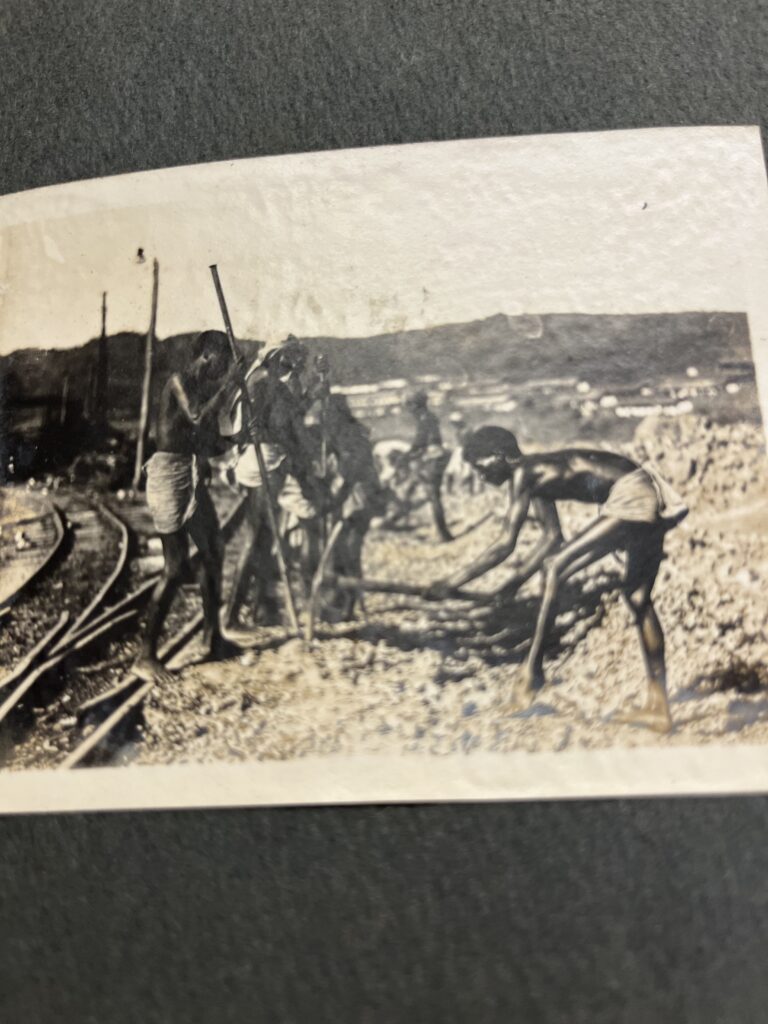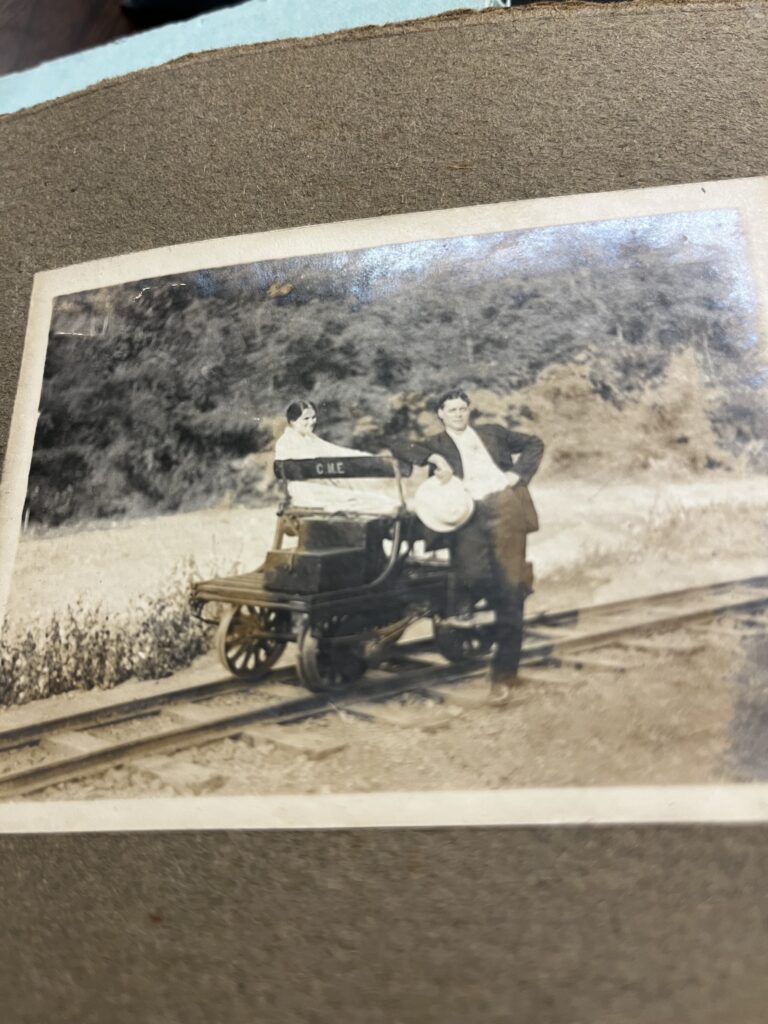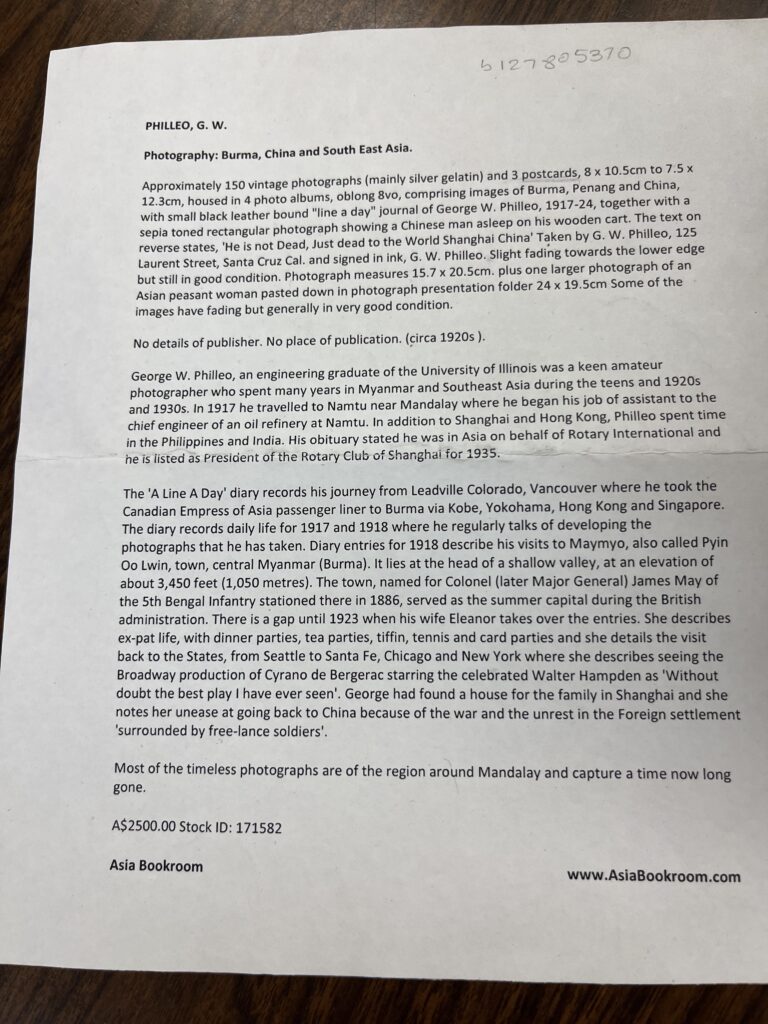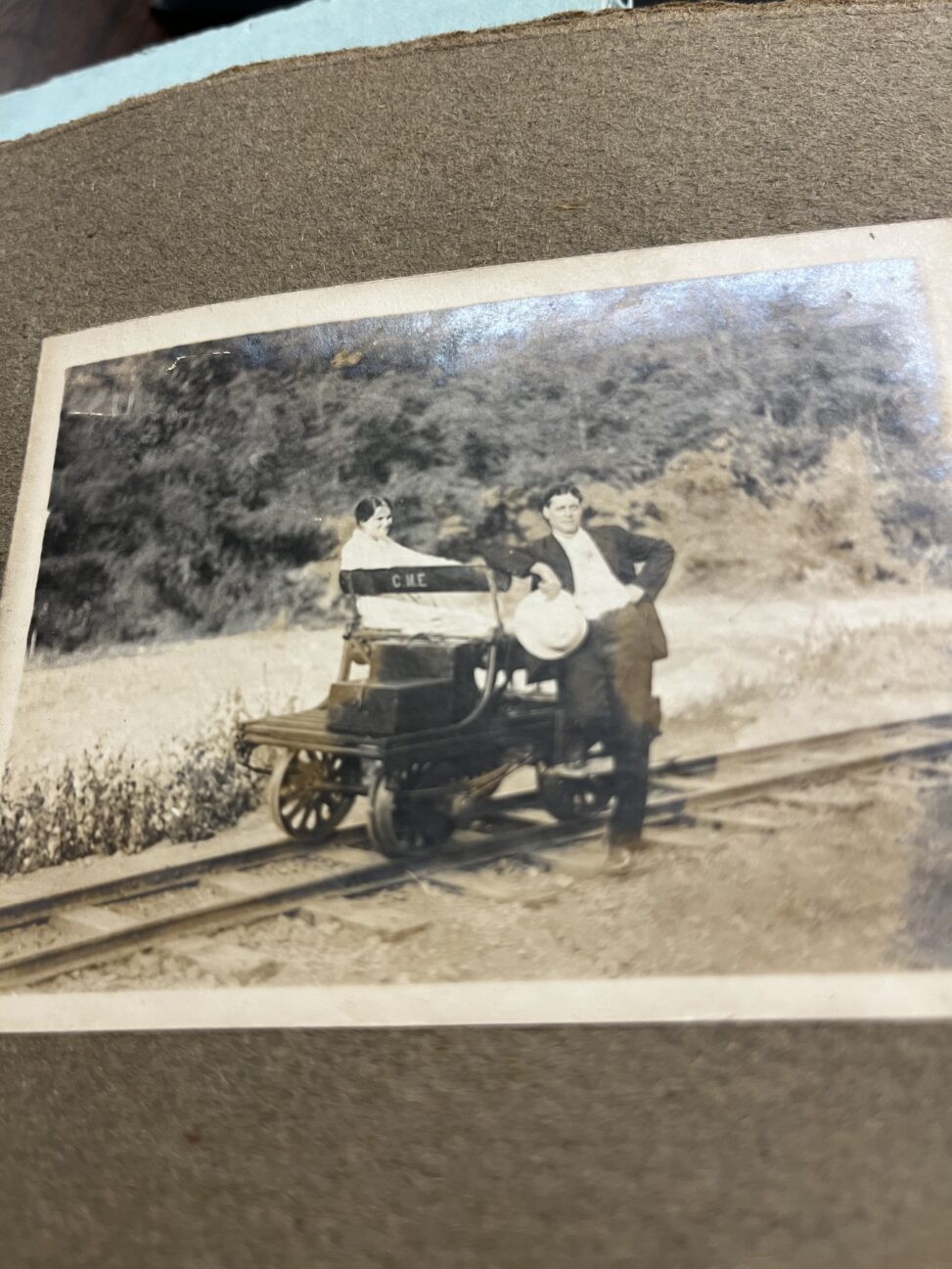

Introduction:
- For my essay I will be analyzing two photographs I found at the CU archives. I’ll be analyzing two because both are connected and lead to a deeper knowledge on the topic of British influence in Burma. Both photographs were taken in Burma, or now known as Myanmar. The place of publication and publisher are both unknown according to CU Library documentation; however, the photographer is known to be George W. Philleo. Philleo was an engineering graduate from the University of Illinois who traveled to Burma, Hong Kong, and Singapore where he kept a journal called ‘A Line A Day’ of his photographs and experiences. Most photographs, including the ones above, were taken in the years 1917-1918 around the end of WW1 and in the height of British colonialism in Asia.
Deeper meaning/Body paragraph:
- I chose to analyze two pictures instead of one because by just looking at one, you don’t get the deeper understanding that you need in order to understand the sheer power that Great Britain had over Asia during WW1 days of imperialism. In the first photograph with what appears to be a British man with his wife, we see them enjoying a freshly built railroad with the letters CME engraved on the side of the cart. This CME stands for Chief Mechanical Engineers and this is important because this was a company of European (Mainly British) Engineers who oversaw railway development in both their home nations and in their colonies. There were only a couple dozens of individuals who worked for this firm so who would be the ones to build these intricate railway systems throughout the British empire in modern day India and Burma (Myanmar)? For this answer we look towards the western world’s solution to shortages in labor during industrialization, slavery. “As early as the 1820s, British officials in Burma used slavery as a tool to legitimize their occupation. For these officials, slavery in the region symbolized the backwardness and despotism of Burmese rule, which they argued could only be remedied through the imposition of western-styled law and order and a capitalist political economy.” (Gaillargeon, D. (2019). ‘The Great White Chief’: the abolition of slavery in colonial Burma, 1826–1935. Slavery & Abolition, 40(2), 380-405. Link) Great Britain sought to build railroads throughout their territories in Southern Asia in an attempt to lower transportation costs as well as make an easier access to materials such as raw cotton, petroleum, and lumber. “The rapid expansion of railways–something which helped to define new century Burma– came from a number of factors including the demand for both sleeper ties and fuel for the steam builders.” (Keck, S. L. (2015). British Burma in the new century, 1895–1918. Springer. Link) This particular development in Burma indicated that Britain was intending to first set up colonies within Asia, and then extract them for their resources and own personal benefit. These same motives were the main reason for WW1 beginning, as much of the western world sought to conquer and increase their individual power over others creating unrest among each other.
- One of Great Britain’s main sources of income came from the wealthy industrialized territories of India and Burma. They used a train called the War Loan Train in order to raise large amounts of money through selling bonds within their colonies. According to Singha in his publication The Myriad Legacies, “In Burma, a War Loan train was flagged off from Rangoon on 7 August 1918, its arrival at every station being treated as a civic event with a band, refreshments, and arrangements to facilitate subscription on the spot. It was praised by one contemporary as ‘perhaps the first gigantic advertising campaign in the east through the medium of the Railway’. (Singha, R. (2018). India’s Silver Bullets: War Loans and War Propaganda, 1917–18. The Myriad Legacies of 1917: A Year of War and Revolution, 77-102. Link) So not only did Britain use these territories for resource extraction, they sought to take advantage of their wealth in order to finance their part in World War 1. So, It was ultimately the railroads depicted in these pictures that allowed for the selling of these bank bonds as they used them to campaign for the cause throughout each interconnected town.
In conclusion
- Based on the analysis of these photographs we can bring closure to the fact that British colonialism in Burma aided their development through the use of slavery and industrialization. By creating a railway system, the British were able to raise money through selling bonds, transport resources, as well as establish their belonging through industrialization and assimilation. All of which helped them become a strong Western Power that ultimately led to their subsequent victory in world war 1 along with the United States, France, Japan, and others.
Sources used
- Gaillargeon, D. (2019). ‘The Great White Chief’: the abolition of slavery in colonial Burma, 1826–1935. Slavery & Abolition, 40(2), 380-405. Link
- Keck, S. L. (2015). British Burma in the new century, 1895–1918. Springer. Link
- Singha, R. (2018). India’s Silver Bullets: War Loans and War Propaganda, 1917–18. The Myriad Legacies of 1917: A Year of War and Revolution, 77-102. Link

